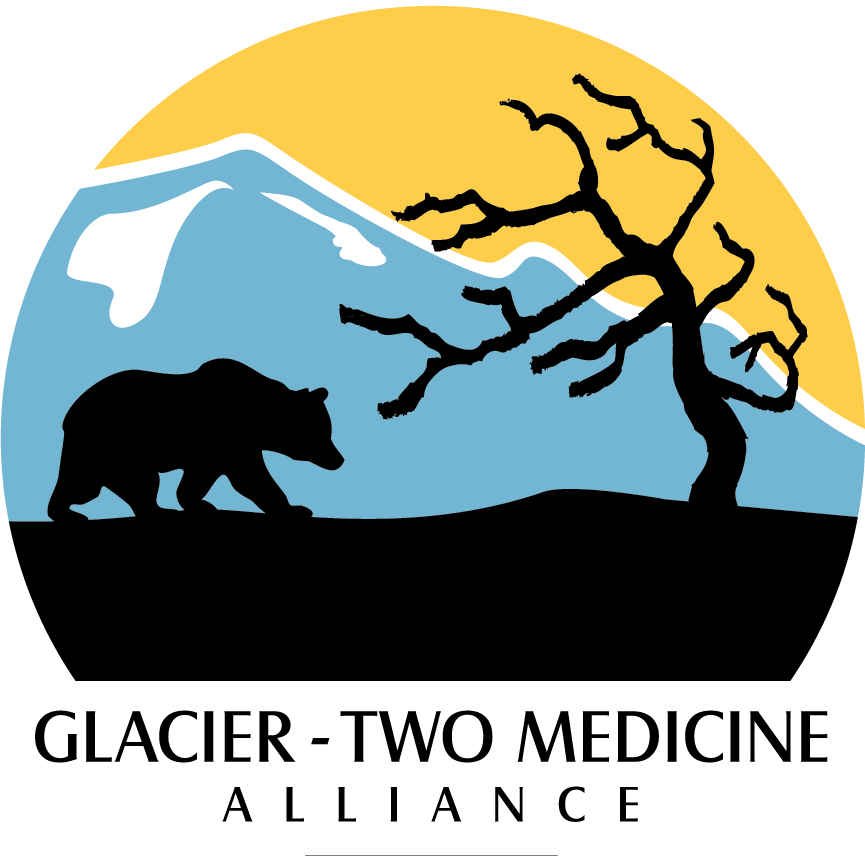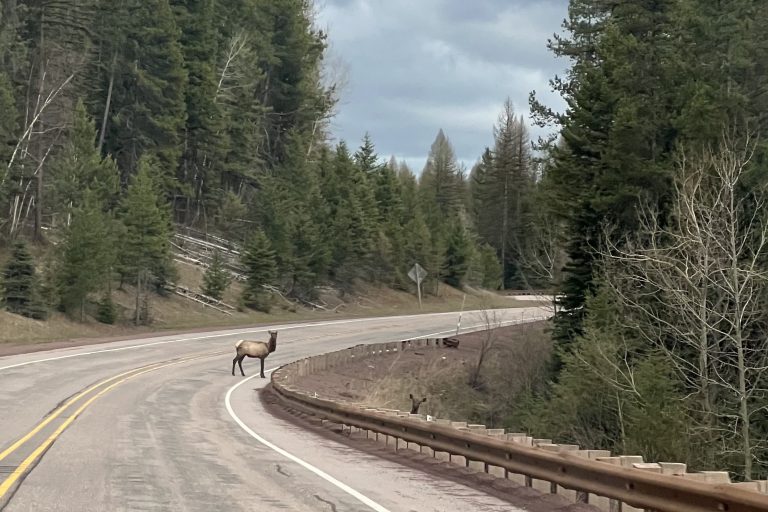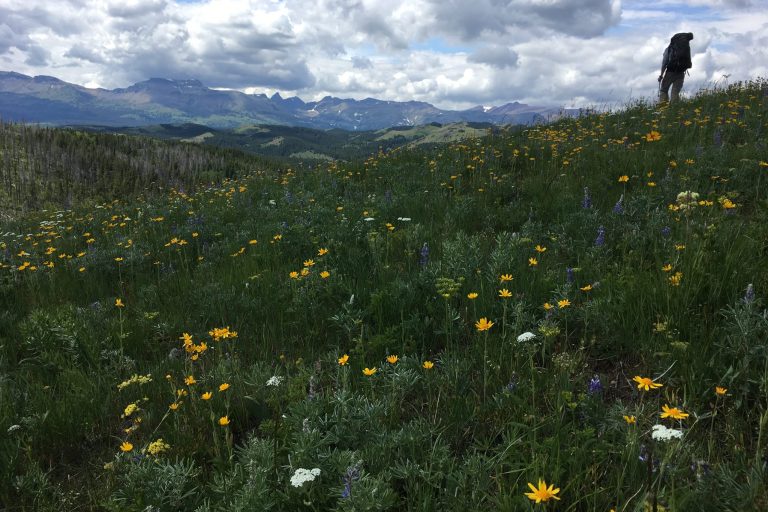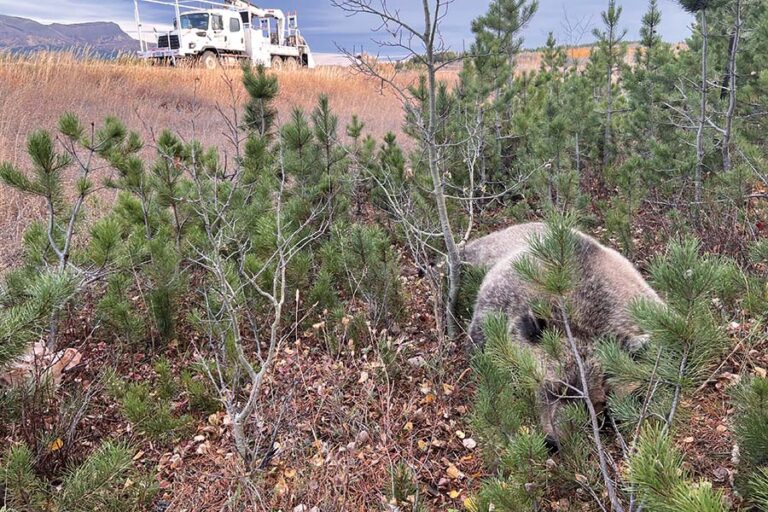Connecting the Crown
Our Central Crown Connectivity Initiative will keep wildlife and people safe while also improving wildlife connectivity.
The heart of the Crown of the Continent Ecosystem is anchored by Glacier National Park and the Bob Marshall Wilderness complex, 2.5 million acres of wild country that provides limitless recreational opportunities for people and intact wildlife habitat for grizzly bears, elk, moose, and many other species.
Unfortunately, the increasingly busy US-2/BNSF Railway transportation corridor separates Glacier Park from the wilderness areas to the south, creating significant risk to travelers and wildlife, and preventing wildlife from safely moving through the landscape.
To solve this problem, Glacier-Two Medicine Alliance has brought together agencies, conservationists, and other community leaders to build wildlife accommodations in this Central Crown Connectivity Zone.
A Growing Threat
U.S. Highway 2 between the communities of Browning and Columbia Falls is a breathtakingly beautiful drive beneath jagged peaks. But for wildlife, crossing this increasingly busy highway has become a perilous undertaking, especially in the busy summer months. The heavily used adjacent BNSF railway and expanding housing developments add to the peril for wildlife, especially grizzly bears.
Thankfully, scientists have been studying the negative effects of the 72-mile US-2/BNSF transportation corridor for twenty years. Trains and vehicles kill an astonishing number of animals, and increasing traffic volumes have turned the highway into a barrier to movement for many species, including black and grizzly bears.
A Cost-Effective Solution
More than 17,000 Montana drivers collide with animals every year, a harrowing experience that risks human injury, kills wildlife, and leaves motorists with expensive repairs.
Locally, more than 1,500 Glacier National Park animals have been killed by vehicles and trains along the US-2/BNSF transportation corridor in the last decade, at a cost to society of more than $100 million. These mortalities include 39 dead grizzly bears since 2004. This makes this transportation corridor one of the most expensive stretches of highway in Montana.
Thankfully, we know how to solve this problem in a cost-effective manner. The construction of wildlife crossing structures and fencing is a proven solution to make highways safe for both animals and people.
Restoring Wildlife Connectivity in the Central Crown
Our Central Crown Connectivity Initiative is building public and political support for mitigation efforts along the US-2/BNSF Railway transportation corridor. Scientific research already has made it clear that such mitigations are necessary to maintain wildlife connectivity, save money, eliminate wildlife mortality, and prevent human injuries in collisions.
This year, we are conducting a formal wildlife and transportation assessment for the entire corridor to identify potential locations for crossing structures and protect Glacier National Park’s wildlife and the millions of visitors who come to see them every year.
Join us in our efforts to protect wildlife, improve safety, and restore connectivity in the Central Crown by contributing as a community scientist using our Crown ROaDS app!
Our Central Crown Connectivity work is generously supported by the Yellowstone to Yukon Conservation Initiative.

News
Latest News Related to Wildlife Connectivity
Policy Update – HB 855 Passed, Funding Wildlife Accommodations
By Peter Metcalf Executive Director Montana Legislature Establishes New Account to Fund Highway Wildlife Crossings Bill also creates new license plate to raise revenue for wildlife accommodations The Montana legislature […]
Take Action – Support HB 932 for permanent investments in wildlife conservation
Support HB 932: Permanent investments in wildlife conservation Submit comments to or testify at the Senate Fish and Game Committee hearing HB 932 is a new public lands funding bill that […]
Guest Column – Wildlife Crossing Structures
Grizzly Bear Deaths Underscore Need for More Wildlife Crossing Structures Montana is finally starting to make crossing structures and other wildlife accommodations more of a priority in highway projects. By […]



